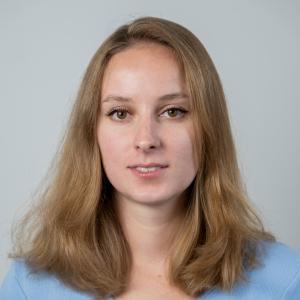Nanophotonics is a rapidly developing field of science dedicated to controlling the optical properties of nanomaterials and studying optical phenomena that arise near the diffraction limit. The course allows you to form a picture of modern tools and principles that allow you to manufacture and study various objects on the nanometer scale.
The course is aimed at a wide audience of students planning to work in areas related to nanophotonics.
Not only is it fundamental for experimentalists, but it also provides important background knowledge for theorists. Starting with a discussion of technologies for manufacturing nanostructures and methods for their initial characterization, we will move on to studying methods of optical spectroscopy, interferometry and optical imaging, including super-resolution. In addition to a series of lectures, the course includes laboratory work, laboratory projects, as well as seminars dedicated to discussing the most important achievements of modern science related to optics and photonics.
Part I. Nanofabrication and structural characterization methods
- Layer deposition. Dry chemical etching, plasma etching. Reactive ion etching.
- Focused ion beam etching. PEM. Electron beam lithography.
- Optical lithography
- Chemical methods of nanofabrication
- Scanning probe microscopy: STM and AFM
Part II. Basics of optical microscopy
- Basic optical elements: mirrors, beam splitters, reflectors, polarizers and wave plates
- Creation of simple optical circuits. Telescope.
- Infinity corrected optical systems. Lenses.
- Diffraction limit. Confocal microscopy. Methods for overcoming the diffraction limit.
- Creation of a confocal microscope
- Near-field scanning optical microscopy.
- Posterior focal plane microscopy. Measurement of surface waves, single particle scattering and radiation directions.
Part III. Basics of optical spectroscopy
- Optical detectors and sensors. Lecture
- Dispersive elements. Optical spectrometer. Spectral resolution.
- Coherent and incoherent light. Spatial and temporal coherence.
- Sources of light. Continuous and pulsed laser radiation.
- Interferometers and their applications. Fourier transform infrared spectroscopy.
- Atomic and molecular spectroscopy. Mechanisms of broadening of spectral lines. Jablonski diagrams
- Luminescence and Raman microscopy. Spectroscopy with signal amplification by probe and surface.
- Optical spectroscopy of flat nano- and microdevices.



